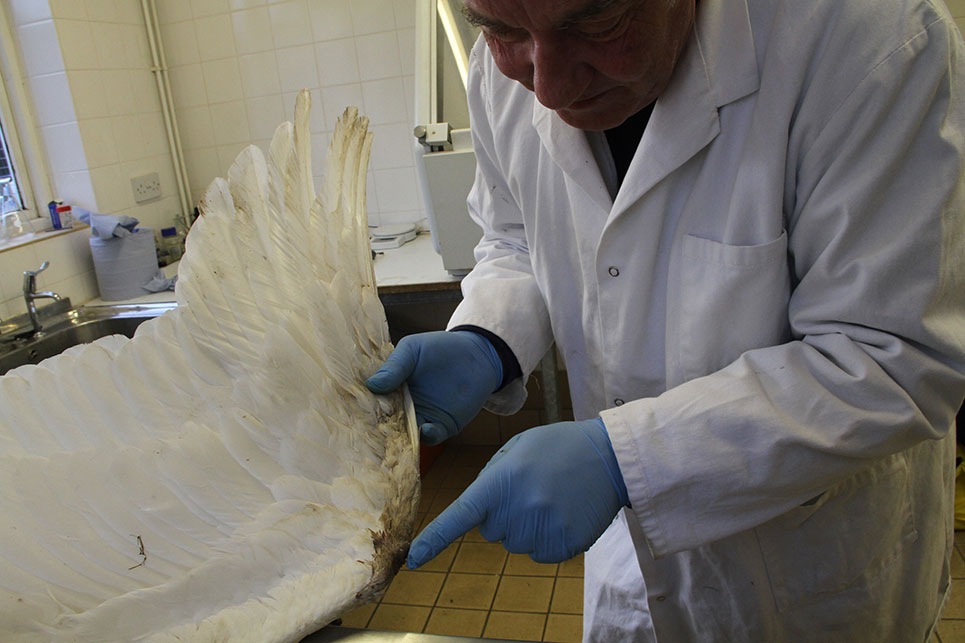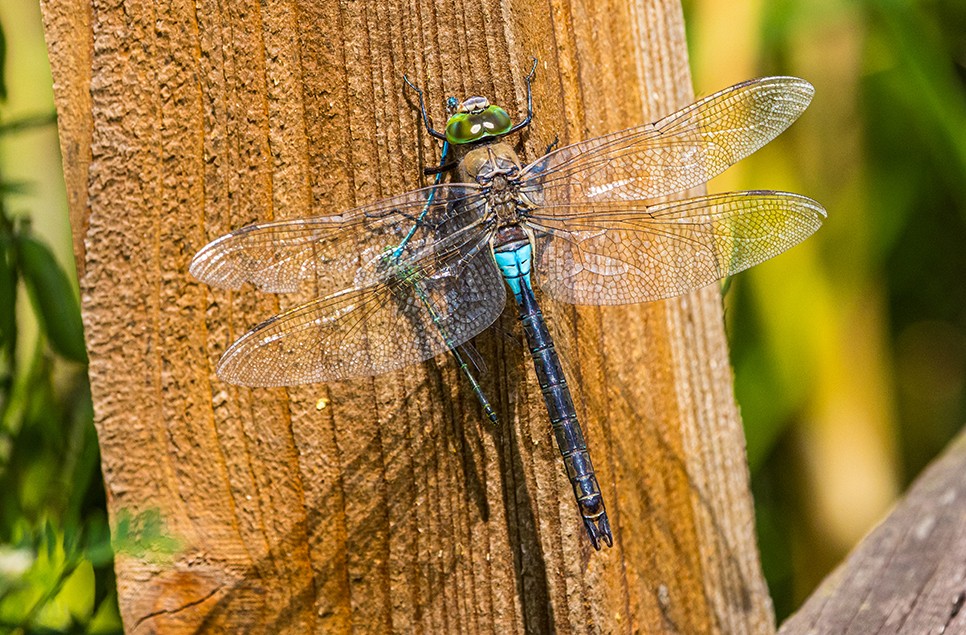Lead poisoning - Government announces decision

The Government has rejected a stakeholder group’s recommendation that lead ammunition should be phased out on account of its risk to wildlife and human health.
A key aspect for WWT is that wildfowl often ingest poisonous lead pellets, left on the ground or in water after shooting. WWT research showed that more than a third of migratory swans tested have elevated levels of lead in their blood due to ingesting lead shot, and it’s responsible for a quarter of migratory swans’ deaths.
The stakeholder group’s recommendation followed five years of assessing the available scientific evidence, which resulted in a 412 page report citing more than 500 scientific papers.
The Government did not dispute the scientific evidence but rejected the recommendation on two grounds:
- On wildlife health, it said the report didn’t show whether lead poisoning killed birds on a scale that affected sizes of bird populations.
- On human health, it said the Food Standards Agency already advises frequent eaters of lead-shot game, children and pregnant women to cut down their consumption.
The Government has waited a year to publish its response, which was placed in the correspondence section of Defra’s website on the afternoon a new Prime Minister was appointed.
Wildfowl & Wetlands Trust (WWT) Chief Executive Martin Spray CBE said:
“I’m pleased the Government has not disputed any of the evidence submitted in the report, even though I’m disappointed with their reasons for the judgement they reached on it.
“It’s regrettable that the Government feels the drawn-out illness and deaths of hundreds of thousands of individual animals through lead poisoning is acceptable. Especially when it is entirely avoidable because alternatives to lead ammunition already exist which shooting experts say are just as capable.
“I believe poor animal welfare on this scale shouldn’t be ignored simply because it’s currently unclear whether species population sizes are affected as well. The irony is that the Government can’t substantiate the opposite - that lead poisoning doesn’t affect species population sizes – because lead ammunition has been around for longer than data has been collected. My concern is that in the meantime the evidence proves copious numbers of animals will needlessly suffer awful symptoms and many will die.
“I note that since the report was submitted over a year ago, evidence is emerging which leans towards population effects, which could affect the Government’s new position.”
“I welcome the Government’s announcement that it will look at better implementing lead shot regulations due to poor compliance. I will be asking the Environment Secretary for a timescale and terms of reference for that review to be published.”
“I would like to thank all the stakeholders who contributed a range of evidence and views to the report over five years. We jointly agreed with all parties early on to support the group’s majority consensus view and, throughout, we have respected the process. Regardless of the range of viewpoints, the result of the group’s work is an impressive body of evidence. As always, I look forward to working constructively with all organisations on the way forward.”
Key numbers from WWT’s research into lead poisoning in birds, published in peer-reviewed scientific journals, include:
- We looked back at 2,365 dead birds we’d picked up and autopsied in Britain over 40 years (1971-2010). We found 11% (251) had died from lead poisoning. Most still had lead shot in their gizzards.
- Across the 40 years, the most affected species were migratory swans, of which we found a quarter had died of lead poisoning (112 out of 414 whooper swans and 23 out of 101 Bewick’s swans).
- We then caught 285 live birds – no mean feat! 34% had elevated levels of lead in their blood. These live birds included 177 whooper swans, which were the worst affected species of all with 43% having elevated lead levels.
- So we investigated live whooper swans further, catching 260 in all over three winters from 2010/11 to 2013/14. The percentage with elevated lead levels remained consistent at 42%. Importantly, we measured and weighed them and found that 10% with the highest lead levels all had exactly the poor body condition you would expect lead poisoning to cause.
- We found the proportion of birds dying of lead poisoning did not decrease significantly after the introduction of legislation in 1999 in England banning the use of lead shot over listed wetlands or to shoot wildfowl. This suggests the regulations have not been effective.
- From repeatedly measuring compliance with the regulations in England since 1999 we found 70% or more ducks to have been shot illegally with lead (see table on page 111).



